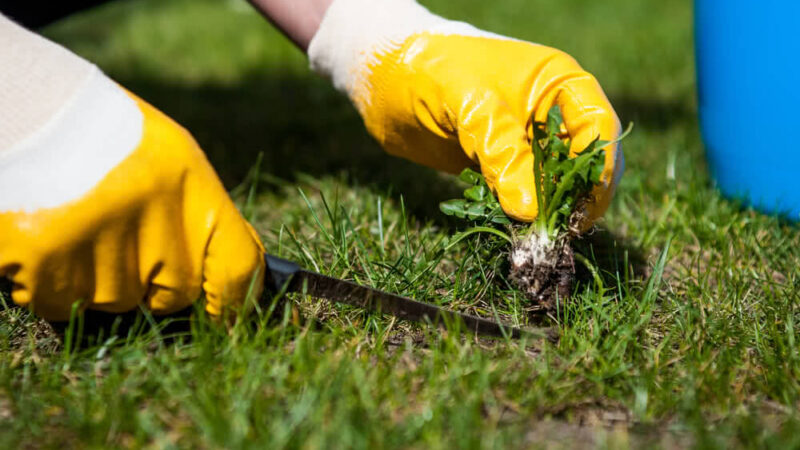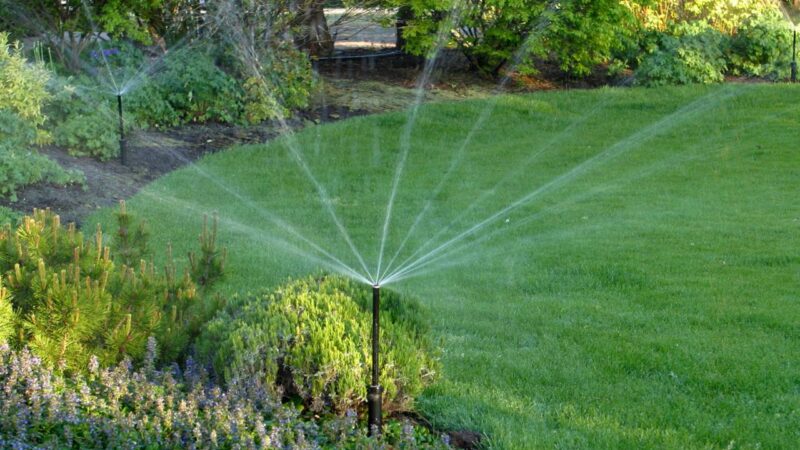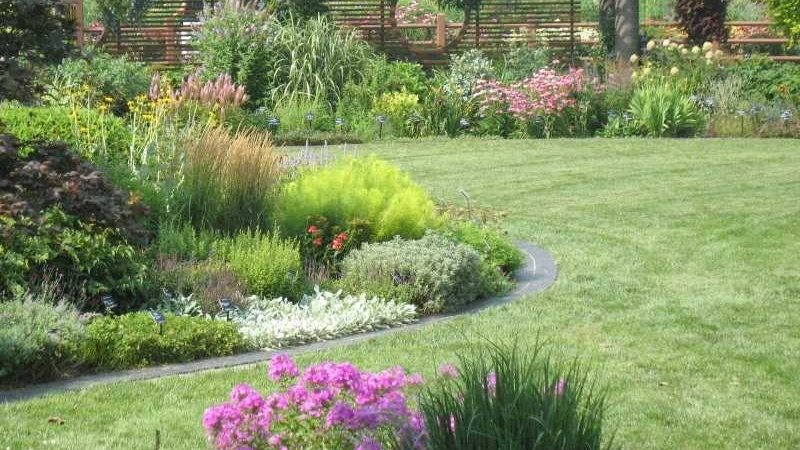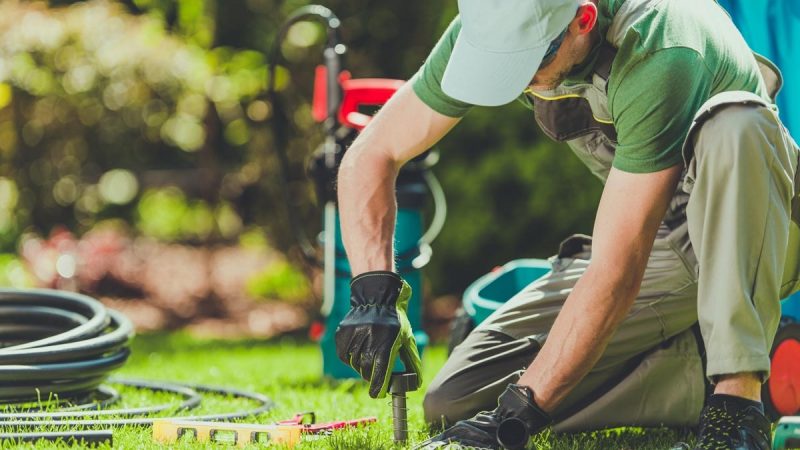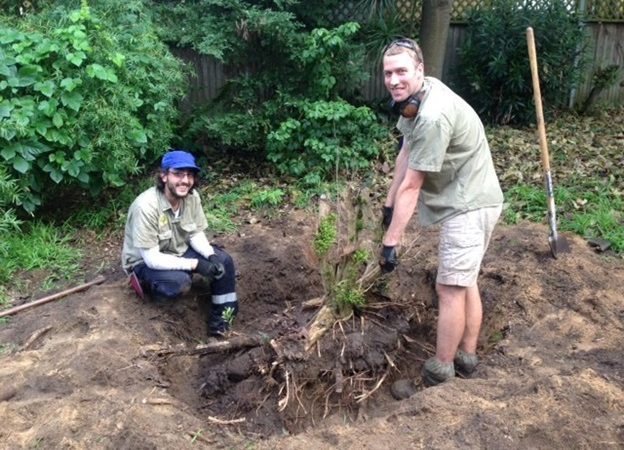Artificial grass is becoming a popular option in landscaping and home improvements. It is cost-effective, and a low maintenance option homeowners should consider. However, there is not much awareness about artificial grass’ different uses and features.
Artificial turf Melbourne is available in various styles and colours, just like different types of natural grasses. Sometimes we want the grass to feel soft and fluffy when wet. Artificial turf made of delicate or soft materials will last less than turf made from more durable and resilient surfaces.
Choosing the suitable artificial turf for your landscaping needs can be difficult. Many factors can influence product selection, including cost, appearance, durability, price, among many others. When choosing artificial grass, you may also need to consider how the grass will look and be used regularly. When selecting artificial turf, it would help if you also thought about other people’s needs, such as children, pets, or passersby.
Artificial grass comes in many different materials. Nylon artificial grass has the most robust blades and is very resistant to wear and tear. Nylon is durable even with high temperatures and does not melt or lose its stability. These attributes make nylon artificial grass one of the most expensive materials.
Nylon may look similar to natural grass, but it doesn’t respond the same as natural grass. Nylon is used to make secondary thatch in synthetic turf products and putting greens.
Polyethylene artificial grass is a popular choice for lawn-care professionals, made from the same material used to make plastic bags and plastic bottles.
The cheapest option is polypropylene artificial grass. This grass is made from solid pellets and has a delicate texture. However, polypropylene artificial grass is the least durable type of synthetic grass, which you can install in smaller spaces that have less foot traffic.
For more information about the different types of artificial grass, check this infographic from Easy Turf.

good long poems for recitation



